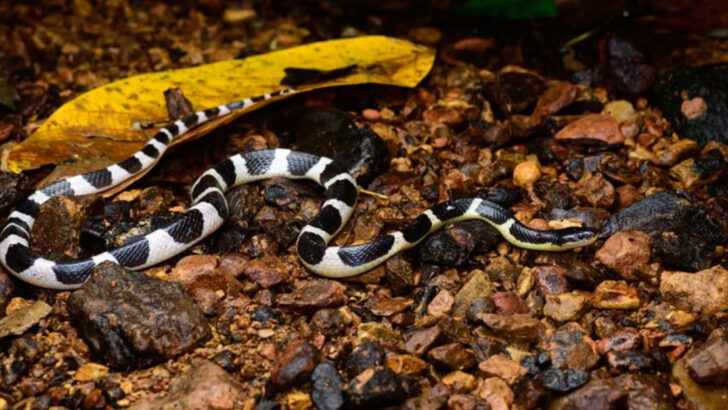They were slithering through forests, climbing trees, and swimming rivers—right under our noses.
For years, some of these snakes went unseen, camouflaged perfectly in the wild or misidentified as their more famous cousins. It took patient scientists, remote rainforests, and a whole lot of dirt under fingernails to uncover them.
From jewel-toned boas in the Bahamas to venomous beauties in Vietnam, these reptiles are rewriting what we thought we knew about snakes. They’re not just new to science—they’re stunning, strange, and in some cases, already at risk.
So grab your boots and flashlight.
We’re headed into the wild to meet 12 snakes the world never knew existed—until now.
Anguiculus dicaprioi – DiCaprio’s Himalayan Snake
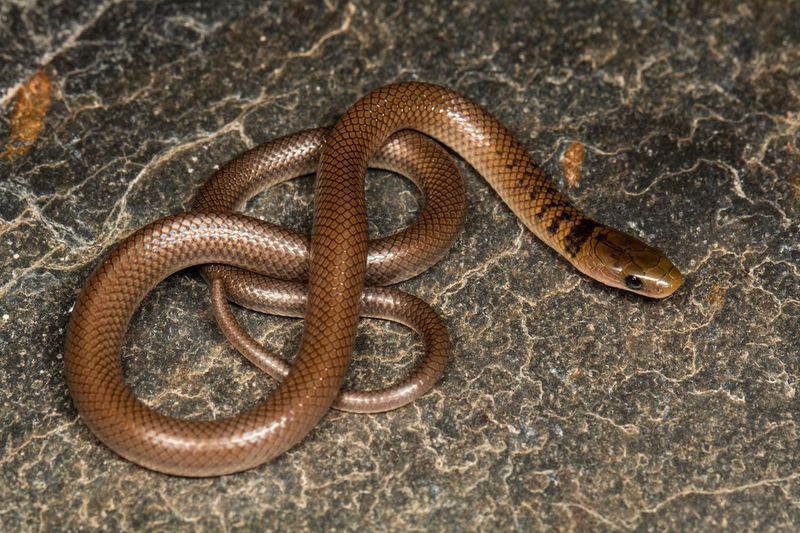
With its shimmering copper scales glinting in the Himalayan sun, Anguiculus dicaprioi is a sight to behold. Discovered in 2020, this snake was named in honor of Leonardo DiCaprio, known for his environmental efforts. Nestled at an elevation of 6,100 feet, it thrives amidst the rugged beauty of the western Himalayas.
Its large nostrils and ample teeth hint at its adaptability, as it navigates the rocky terrain with ease. Scientists were thrilled by this find, which underscores the richness of biodiversity in high-altitude ecosystems, offering fresh insights into serpentine evolution.
Sibon irmelindicaprioae – DiCaprio’s Snail-Eating Snake
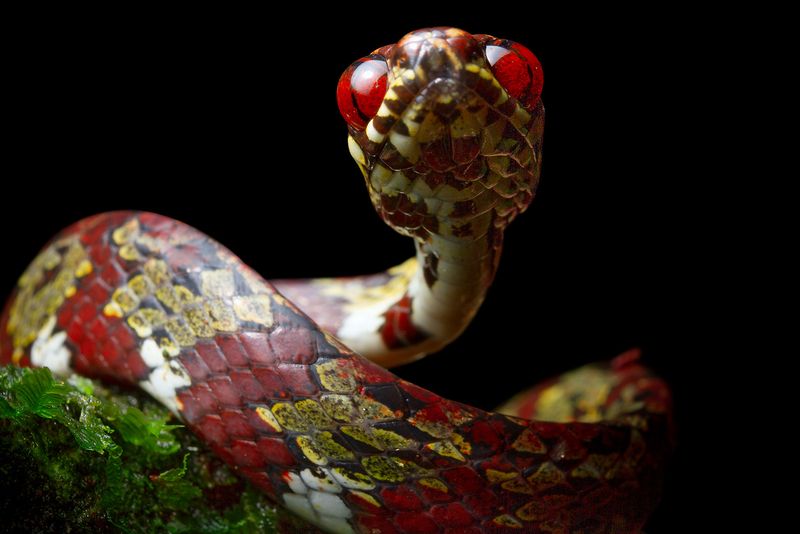
In the dense, humid embrace of Panama’s Chocó-Darién Gap, a snake with a taste for snails slithers silently. Sibon irmelindicaprioae, discovered in 2023, is as striking as it is distinct, with its red eyes and elegant brown-and-white stripes.
Named after Leonardo DiCaprio and his mother, its discovery has charmed both scientists and snake enthusiasts alike. This snake’s preference for a mollusk-rich diet highlights the intricate food web of its tropical home, offering insight into ecosystem dynamics and the delicate balance maintained by such specialized feeders.
Eunectes akiyama – Northern Green Anaconda

Deep in the heart of Ecuador’s Amazon rainforest, a giant lurks beneath the surface. Eunectes akiyama, a northern green anaconda, stretches up to 20 feet and weighs over 200 kilos, embodying raw power and majesty.
This massive snake, discovered recently, is genetically distinct from its southern counterpart. Scientists are intrigued by its unique adaptations to the lush, watery environment of the Amazon. Its sheer size and strength command respect, inviting awe and curiosity from all who dare to study it, while highlighting the biodiversity of this incredible region.
Tropidophis cacuangoae – Dwarf Boa
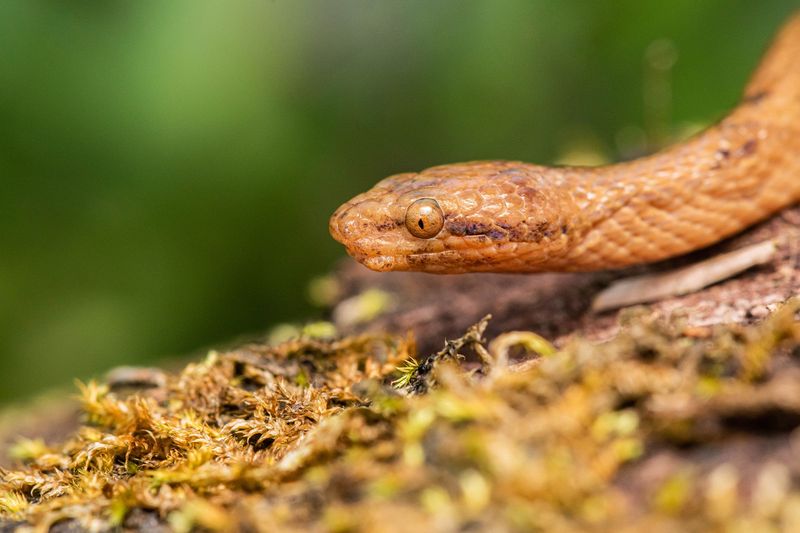
Tiny yet captivating, Tropidophis cacuangoae is a dwarf boa with a golden-brown hue reminiscent of its larger relatives. Discovered in Ecuador in 2022, this snake measures only 20 centimeters, yet it commands attention with its intricate skin patterns.
Endemic to the region, it offers a glimpse into the evolutionary adaptations unique to its habitat. Researchers marvel at its survival skills in such a specialized niche, providing further understanding of the ecological roles played by smaller serpent species. Its find highlights Ecuador’s role as a biodiversity hotspot.
Rhabdophis hmongorum – H’mong Keelback Snake
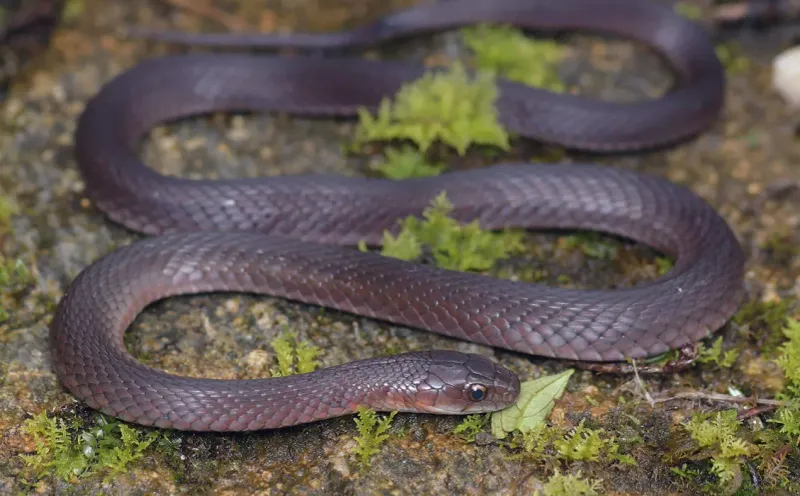
Rhabdophis hmongorum dazzles with its metallic purple scales and iridescent underbelly as it glides over the scenic slopes of Mount Fansipan in Vietnam. Described in 2023, this snake is a masterpiece of coloration and grace.
Its discovery was a moment of pride for the herpetologists who documented it, revealing the mountain’s hidden diversity. The H’mong Keelback Snake’s striking appearance is more than aesthetic; it’s a testament to the evolutionary wonders crafted by the unique pressures of its mountainous abode, drawing attention to the ecological significance of this region.
Chilabothrus argentum – Conception Bank Silver Boa
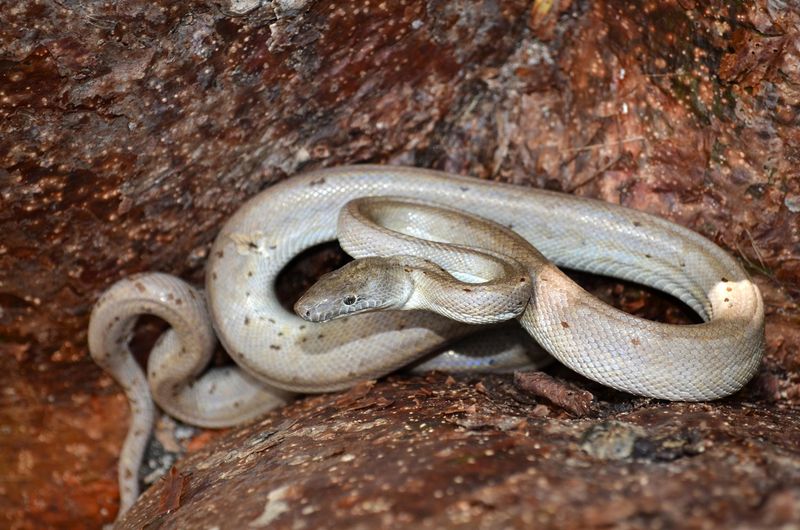
The Conception Bank Silver Boa, Chilabothrus argentum, shimmers like a living silver thread against the Bahamian sands. Discovered in 2016, this boa is critically endangered, with fewer than 150 known individuals.
Its metallic sheen and slender form help it blend seamlessly with its island home. Conservationists are racing against time to protect this rare species, a shining example of the fragility and splendor found within island ecosystems. The discovery of its minute population has spurred efforts to understand and preserve its delicate habitat.
Demansia cyanochasma – Desert Whip Snake
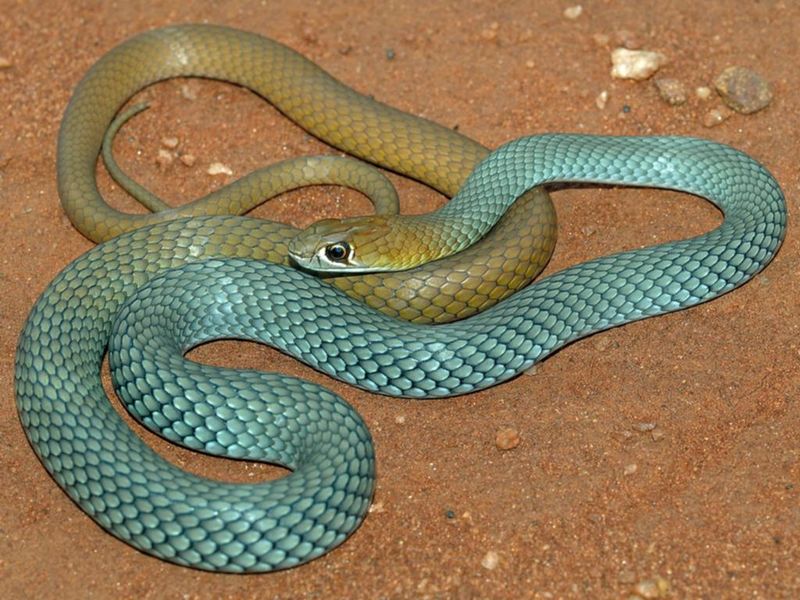
In the sun-baked expanses of Australia, Demansia cyanochasma darts through the desert like a living flash of blue and copper. Described in 2023, this venomous snake is a marvel of adaptation.
Its distinctive coloration serves as both camouflage and warning, a beautiful yet dangerous resident of its harsh environment. Researchers are captivated by its ability to survive and thrive in such extreme conditions, providing insights into the resilience of desert fauna. Its discovery is a reminder of the diverse strategies employed by nature’s most elusive creatures.
Bothriechis rahimi – Eyelash Palm-Pitviper
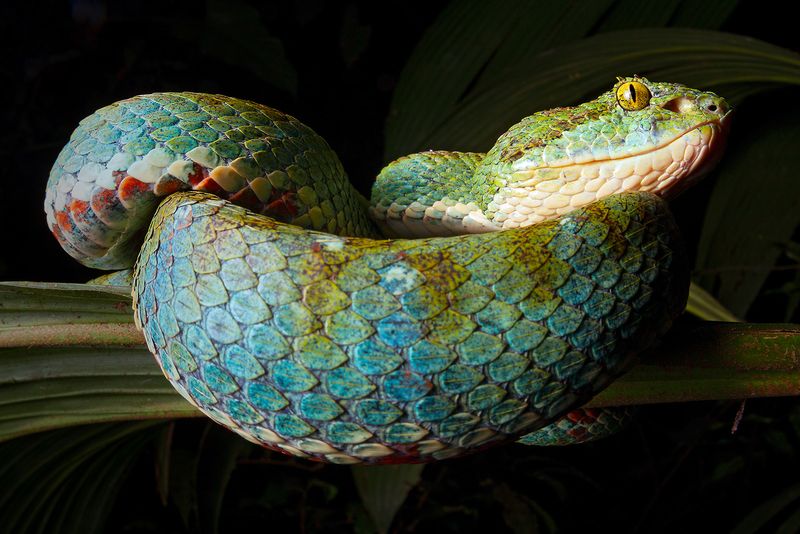
In the dense, tangled greenery of the Chocó biome, Bothriechis rahimi perches elegantly among the branches. Discovered in 2024, this eyelash palm-pitviper is a vivid splash of color in the jungles of Colombia and Ecuador.
Its discovery was part of a systematic revision that identified several new species in the region. With its unique eyelash-like scales, it embodies the mystery and allure of its arboreal habitat, offering researchers a glimpse into the rich tapestry of life woven throughout the rainforest. Its vibrant presence is a symbol of biodiversity.
Smithophis mizoramensis – Mizo Brook Snake

The Mizo Brook Snake, known locally as “Tuithiangrul,” winds its way through the riverside habitats of Mizoram, India. Discovered recently, this snake is as integral to its environment as the flowing waters it calls home.
Its presence near both lowland and highland regions highlights the adaptability and ecological importance of such species. Named after the state, its discovery has fostered a sense of pride and curiosity among locals, sparking conservation interest. This snake’s quiet existence underscores the interconnectedness of river ecosystems and their inhabitants.
Achalinus sp. – New Species from Hunan, China
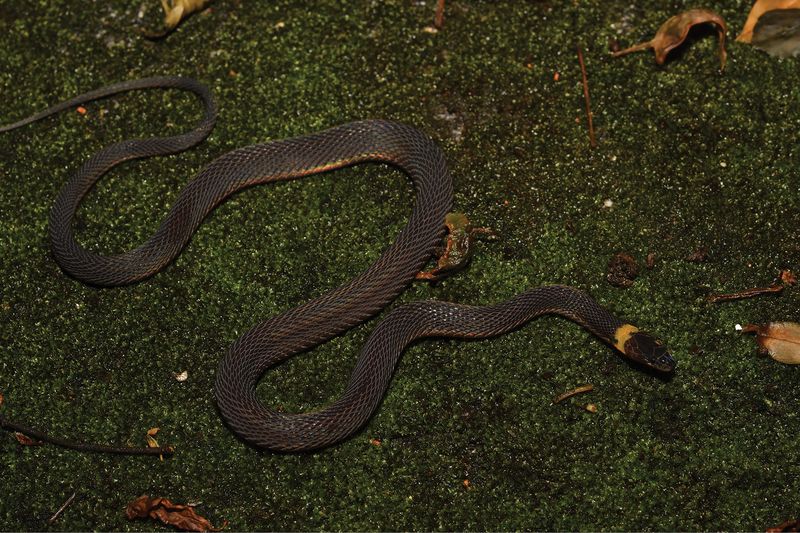
In the verdant landscapes of Hunan, China, a new species of the Achalinus genus emerges, shrouded in genetic intrigue. Discovered in 2024, this snake is a marvel of distinctiveness, with genetic markers setting it apart from its relatives.
Its habitat in southwest Hunan offers a sanctuary for diverse life forms, and its discovery adds a new layer to the region’s ecological narrative. Researchers are eager to unravel its genetic secrets, which may hold clues to evolutionary pathways and adaptations. This scientific find emphasizes the endless potential for discovery in China’s rich terrains.
Bungarus sagittatus – New Krait Species from Thailand
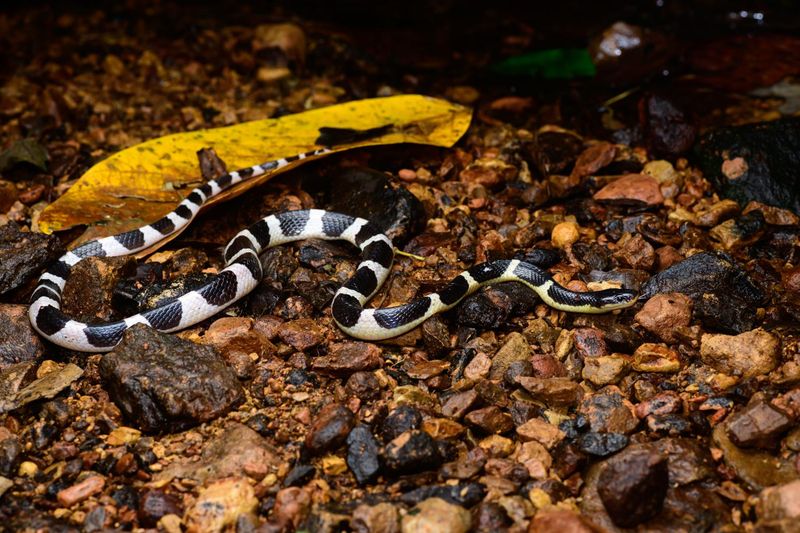
In the verdant heart of Thailand’s Ratchaburi Province, Bungarus sagittatus, a new krait species, weaves through the foliage with stealth and grace. Described in 2024, this snake captivates with its distinct banding and secretive nature.
Its discovery was driven by its unique phylogenetic position, offering new insights into the krait family tree. Researchers are intrigued by its elusive habits and role in the local ecosystem, as they work to uncover the mysteries it harbors. This krait’s presence is a reminder of the hidden secrets within Thailand’s lush landscapes.
Bothriechis klebbai – New Eyelash Palm-Pitviper Species

In a 2024 revision of the Bothriechis genus, Bothriechis klebbai emerged as a colorful addition to the eyelash palm-pitviper family. Its vibrant scales and unique patterning stand out amidst the tropical foliage.
This species, along with others in its genus, highlights the diversity found within a single family of snakes. Herpetologists are fascinated by its distinct characteristics, which contribute to a greater understanding of the evolutionary nuances among pitvipers. This discovery is a vivid reminder of the varied beauty that nature has to offer.

